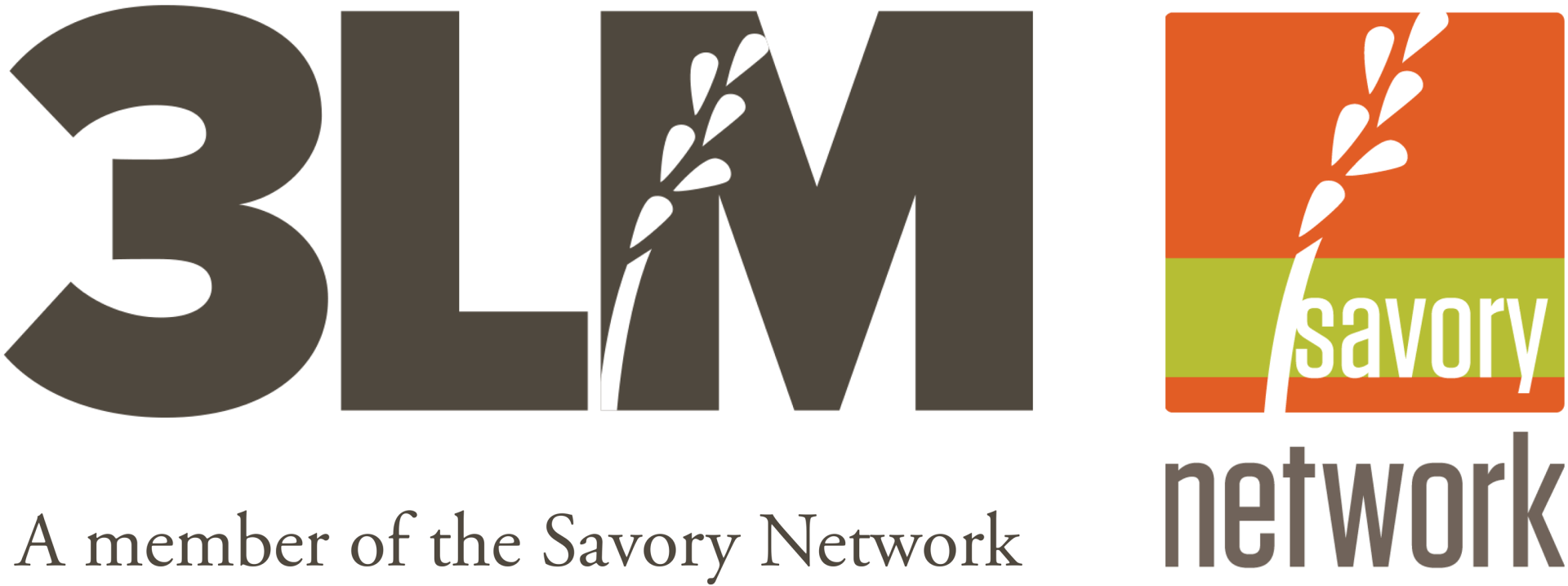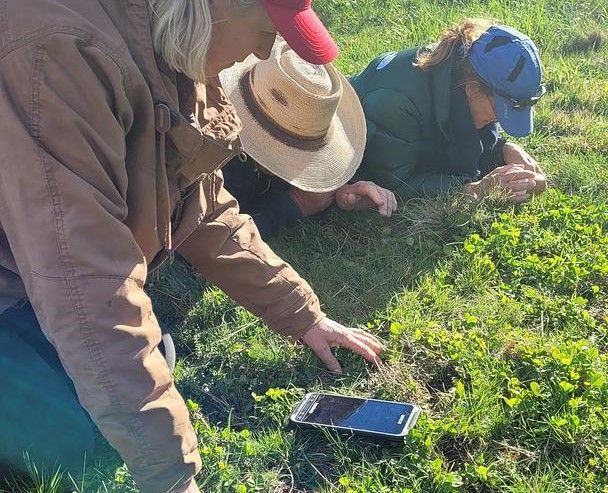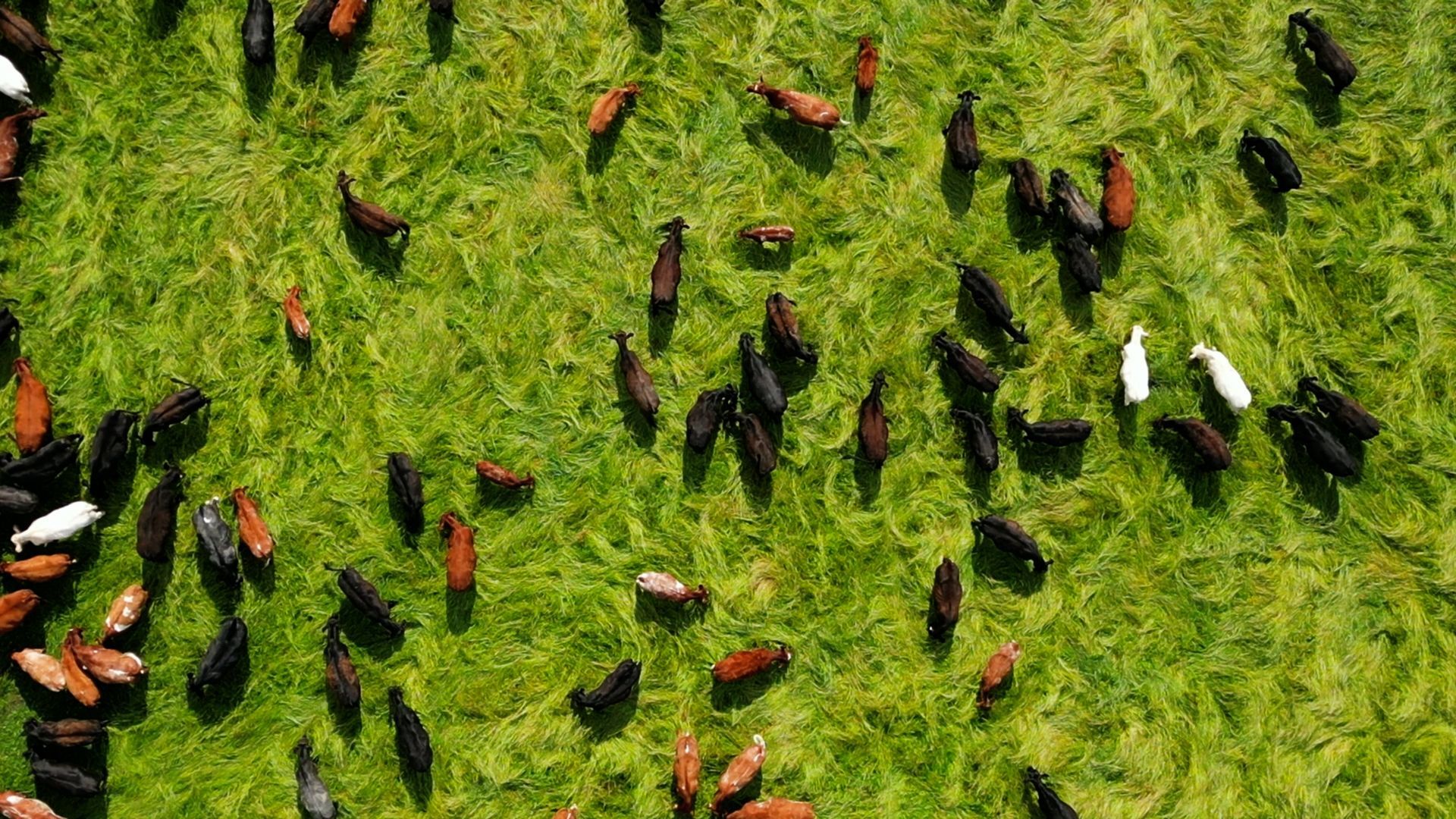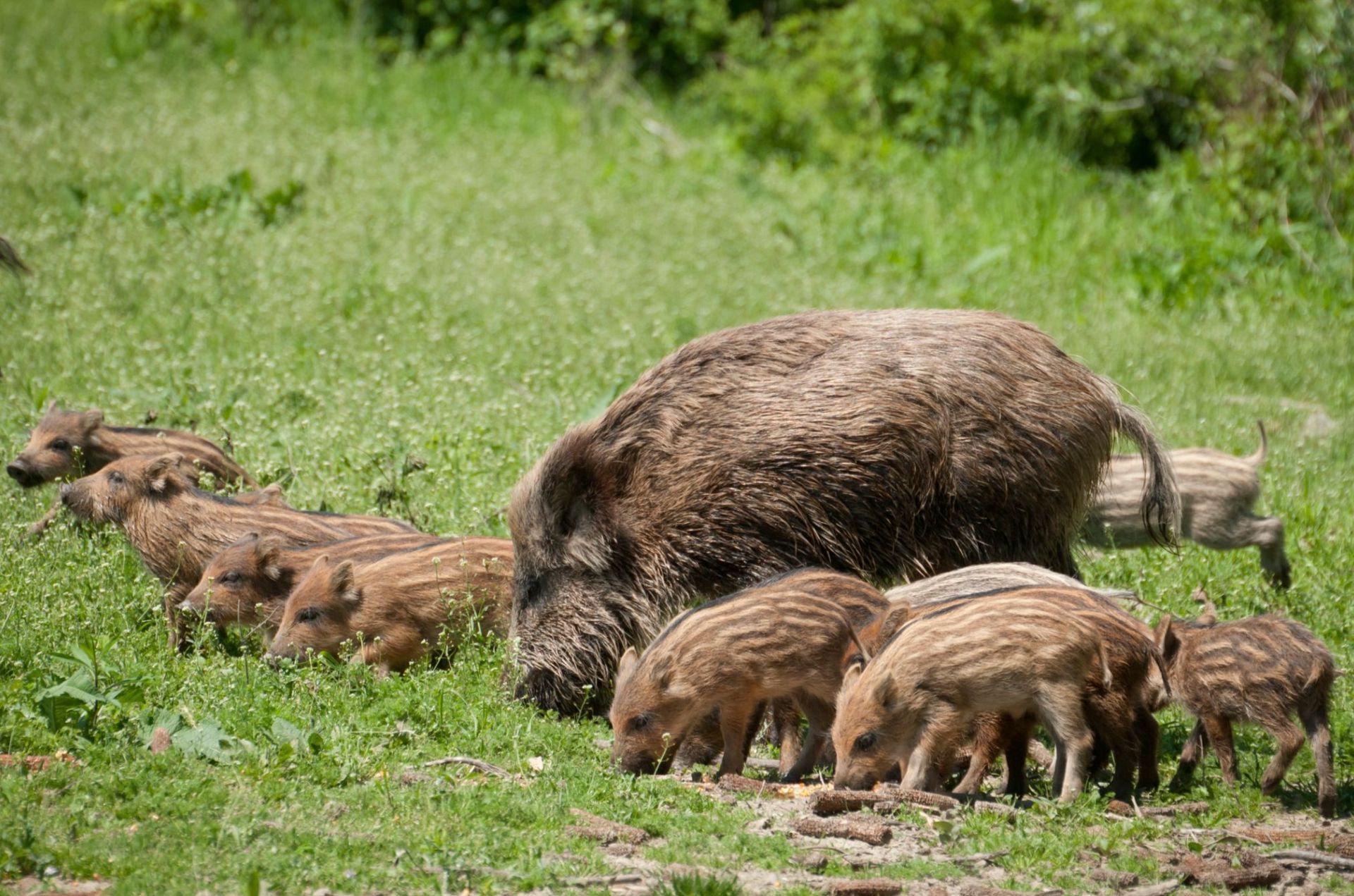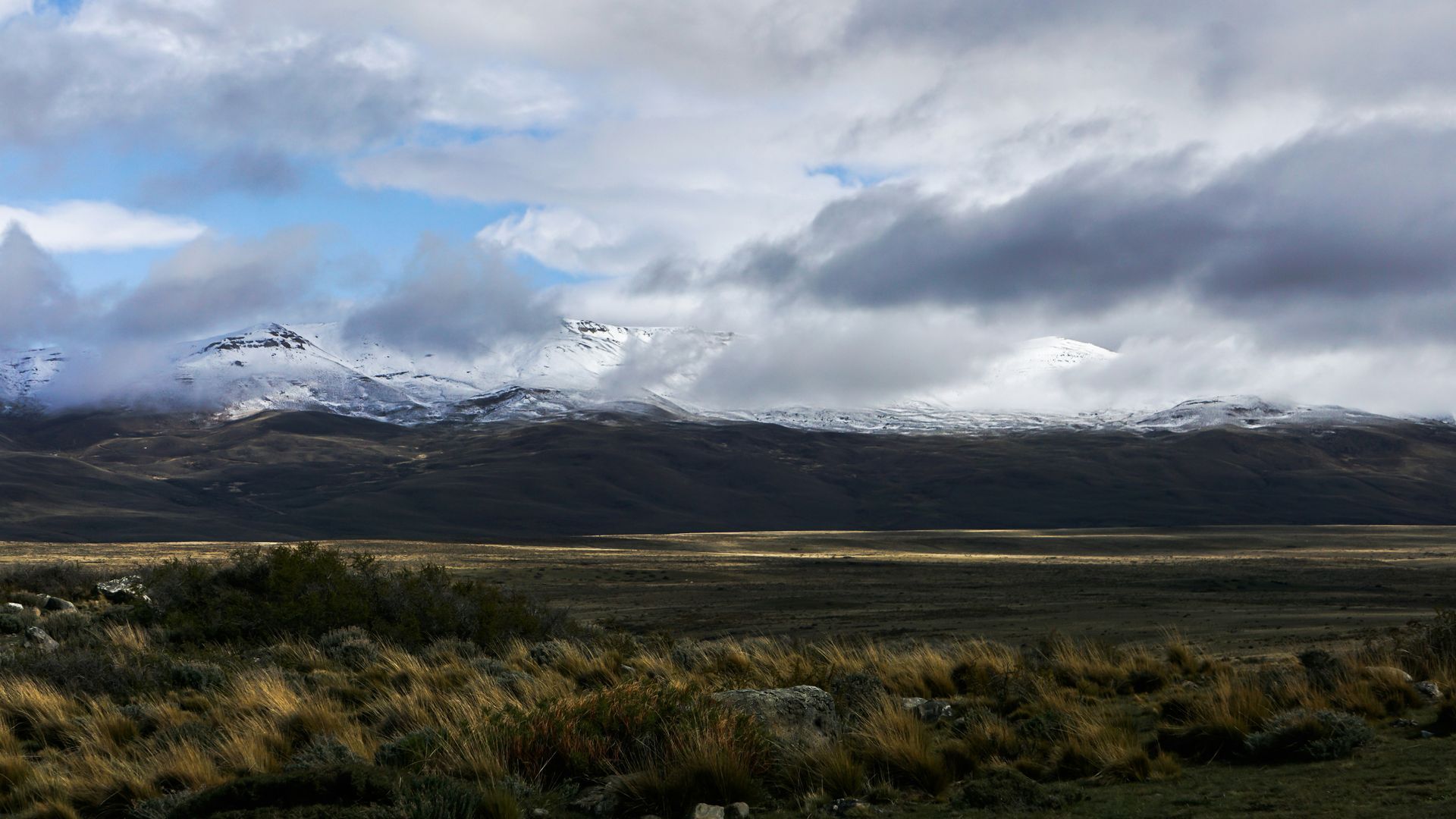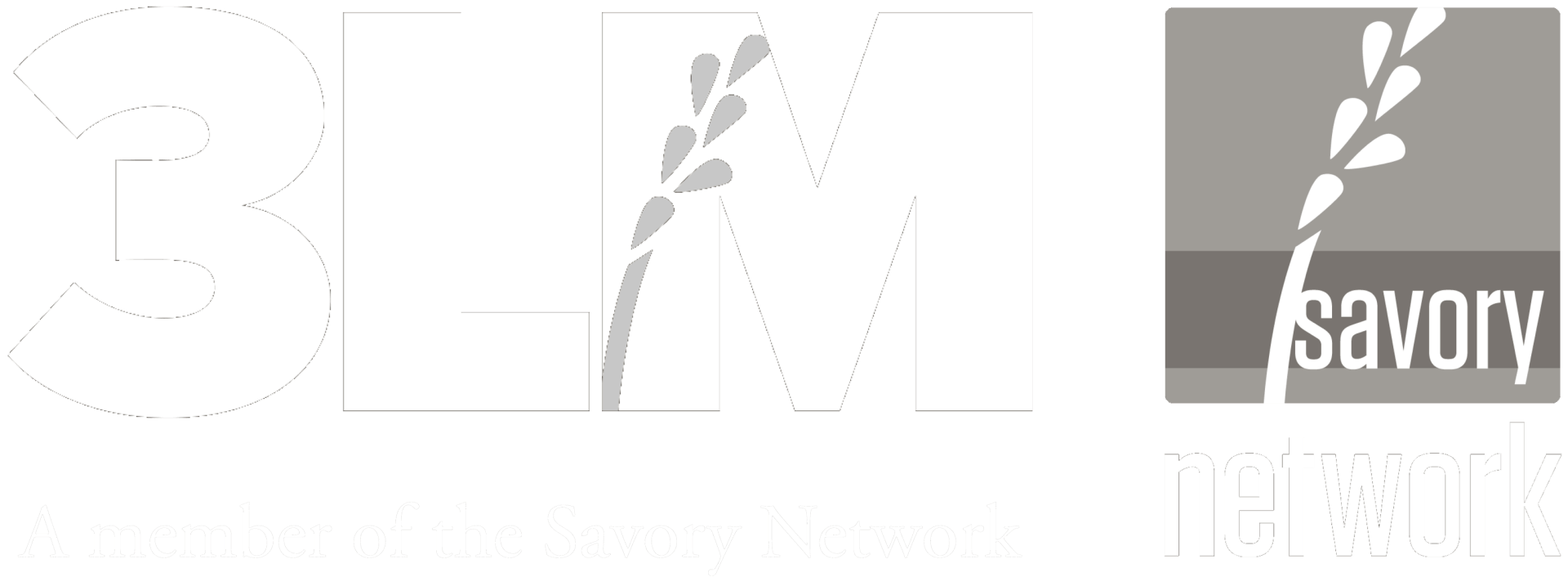We owe everything to the sun
The Furnace That Powers Life on Earth

Look to the sky on a clear day, and you are staring into the inferno that fuels all life on Earth. The Sun, a 1.4-million-kilometre-wide sphere of incandescent plasma, is not just a celestial object—it is the beating heart of our solar system, pouring forth an unfathomable amount of energy every second, making life as we know it possible. Without it, Earth would be a frozen rock adrift in the void, devoid of movement, warmth, or biological complexity.
The Physics of the Sun: A Nuclear Powerhouse
At its core, the Sun is a fusion reactor, operating under conditions almost beyond comprehension. The core temperature reaches around 15 million degrees Celsius, and under this immense heat and pressure, hydrogen atoms fuse into helium, releasing energy in the process. Every second, the Sun converts approximately 600 million tonnes of hydrogen into helium, losing about 4 million tonnes of mass as pure energy—a process that, according to Einstein’s famous equation E = mc², translates into around 3.8 x 10²⁶ watts of power output.
This energy radiates outward, bouncing between plasma particles for thousands—sometimes millions—of years before it reaches the Sun’s surface and bursts into space as electromagnetic radiation. The visible light that reaches Earth today began its journey long before recorded history, a testament to the sheer scale of stellar mechanics.
Earth’s Share: A Cosmic Gift
Despite the Sun’s staggering power, the Earth intercepts only a tiny fraction of its output—roughly 1.74 x 10¹⁷ watts at the top of our atmosphere. To put this in perspective, in just one hour, the Earth receives more solar energy than humanity consumes in an entire year. This energy bathes our planet, driving winds, ocean currents, and the water cycle, and is the ultimate source of energy for all living organisms.
Apart from this solar energy, the Earth also generates heat from within. Geothermal energy, a relic of planetary formation and the ongoing decay of radioactive elements, contributes a minute fraction—about 0.025%—of the total energy budget. Compared to the Sun’s relentless output, it is a mere whisper in the energy dialogue of Earth.
Entropy and Syntropy
From a thermodynamic perspective, life exists in a precarious balance between entropy (the natural tendency of systems to move towards disorder) and syntropy (the emergence of complexity and self-organisation). The Sun bombards Earth with highly ordered energy in the form of photons, which plants capture through photosynthesis, converting solar energy into chemical energy stored in organic molecules. This energy then moves through food chains, powering every living thing—from the smallest bacteria to the mightiest whales.
Yet, with each energy transfer, some is lost as heat, steadily increasing entropy. No system is perfectly efficient; the energy that fuels a lion’s sprint or a bird’s flight ultimately radiates away into space as thermal energy. Over geological timescales, this loss seems inevitable—yet within this grand dissipation, life has found a way to locally reverse entropy, creating intricate ecosystems, towering rainforests, and intelligent beings capable of pondering their own existence.
Eventually it will die... but not for a while.
The Sun, a seemingly endless font of energy, will not burn forever. In approximately 5 billion years, it will exhaust its hydrogen fuel, expanding into a red giant before collapsing into a white dwarf. Long before that, however, Earth will have been transformed beyond recognition. But for now, in this fleeting cosmic moment, we exist in the perfect goldilocks zone, balancing on the knife-edge between entropy and syntropy, bathed in the warmth of a distant but dependable star.
We often take it for granted, yet every sunrise is a reminder that we are part of a much greater story—a narrative written in plasma and light, across distances beyond human comprehension, yet intimately connected to the smallest blades of grass swaying in the morning glow.
Holistic Management: Harnessing the Sun’s Gift for Abundance
While the Sun provides an almost unimaginable abundance of energy, how we manage this energy on Earth determines the health and productivity of our ecosystems. Holistic Management offers a way to channel this energy into creating regenerative landscapes that support life, build resilience, and foster abundance.
By applying Holistic Management principles, we can:
Maximise photosynthesis by maintaining diverse, thriving plant communities that capture solar energy efficiently.
Improve soil health to store energy in the form of organic matter, supporting microbial life and water retention.
Use planned grazing and ecosystem-based land management to distribute energy efficiently through food webs, ensuring it is cycled effectively rather than lost to degradation.
Prevent desertification and land degradation, which otherwise wastes enormous amounts of incoming solar energy.
Enhance biodiversity, ensuring that energy flows through a complex, interwoven system that supports all forms of life.
Holistic Management allows us to use the Sun’s energy not just for short-term exploitation but for long-term regeneration. It enables us to create rapid transformation in landscapes, turning barren lands into lush ecosystems, increasing food production, and ensuring that human societies thrive in harmony with the natural world.
If we are to harness the Sun’s energy wisely, we must understand and respect the delicate balance between entropy and syntropy, between consumption and renewal. Holistic Management provides the framework to do just that—transforming sunlight into thriving, abundant systems that support all life on Earth.
The worst we can do is allow the sun to heat bare earth that could be supporting life, it's such a waste of opportunity.

